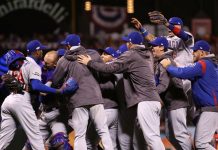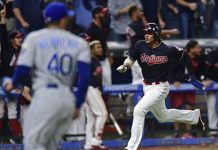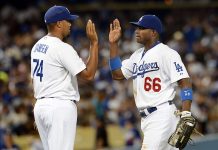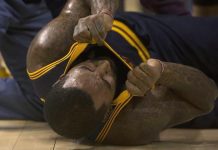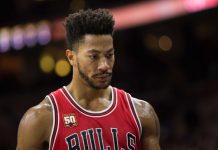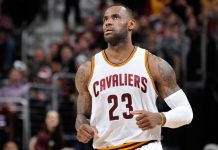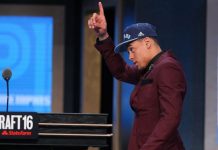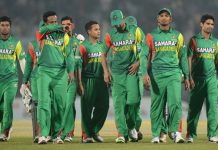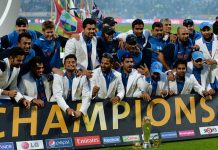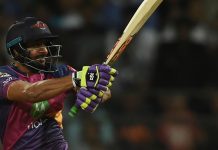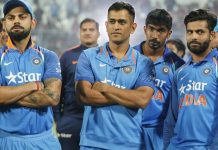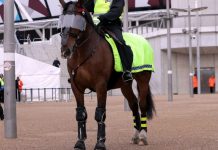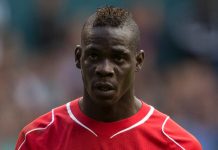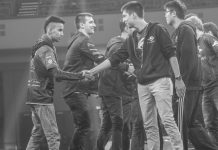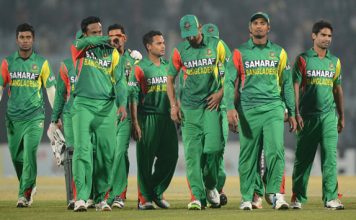During the last series of The International 2016, Chan “WinteR” Litt Binn remarked that “There is no meta,” when it came to Wings Gamings eclectic strategies.
To some degree he was right. TI6 was the tournament of metagaming — and that’s largely thanks to the influence of its eventual champions, Wings.
Wings came into the finals with such a rich metagaming advantage that Digital Chaos’ own drafting strengths were leveraged against them in the finals, especially in targeting offlaner David “Moo” Hull.
Throughout the main event, DC would draft their iconic Timbersaw under two main conditions: firstly, if their opponents had drafted a high armor, high health squad — as was the case in group stage game one against Secret, in which a Huskar and Axe was picked — the Timbersaw would be used for effective hitpoint reduction, kiting potential and heavy pure damage doses. This was the best-case scenario for DC, a team that often put special emphasis into counterpicks.
The second condition was if Beastmaster was banned, but especially if both Beastmaster and Faceless Void were unavailable. Moo had played far more games with Beastmaster over the course of his professional career (it’s still his most-played hero with a career win rate of about 75 percent), but DC needed a response to targeted bans against him. Of Moo’s Timbersaw games at The International, 3:1 were picked after Beastmaster was removed from the pool.
Since DC’s drafting was difficult to pin down (only two teams, EG and Wings themselves, played more heroes), Wings were able to latch on to this overarching pattern to hold control of the drafts. This is a case of metagaming at its finest: with the exception of one ill-fated Doom pick for Moo, Wings were able to bait DC into drafting Moo’s Timbersaw in every game of the finals, usually by banning Beastmaster and picking Faceless Void early (if he had not been banned). Each game, Wings had a unique response to the Timbersaw: Silencer in Game 1, Kunkka and Death Prophet in Game 3, and Keeper of the Light with Antimage in Game 4.
In Game 1, the gambit didn’t pay off due to Aliwi “w33” Omar’s stand-out performance and a lack of value from Wings’ own Pudge pick. However, in Game 3, Moo was personally held down to a miserable 4/12/8 performance. In Game 4, he was unable to break away at the pace DC needed against a hard late-game carry such as Antimage.
This goes to show the value of Wings’ unpredictable drafting preferences — they were able to leverage these patterns against other teams without fear or reprisal.
Normally, Moo’s Timbersaw breaks away in net worth right around 20:00, at which point other offlaners begin sacrificing their own farm to attempt to secure map control and relying mostly on kills/objectives for bursts of income. Moo typically has a fairly linear GPM throughout the game. As other offlaners dip in GPM at that time, Moo breaks away. This playstyle led to him having the second-highest GPM of an offlaner at The International (Alliance’s Henrik “AdmiralBulldog” Ahnberg took the top slot by a wide margin a, but Alliance is the only team to prioritize offlane farm over the mid lane). It also explains why DC’s typical win takes longer than most other teams, with an average game time of 40 minutes compared to Wing’s 35.
The draft in Game 4 fell apart for DC in multiple aspects, including Roman “Resolut1on” Fominok’s apparent uncertainty on a modernized Mirana, which he has not played in an official match since her resurgence and W33’s equal lack of expertise on Slark, which he had not played in an official game for at least three months. That worked to Wings’ favor, but even so, their ability to keep Moo close to keep Zhang “Faith_bian” Ruida competitive with Moo after 20 minutes appeared to be pre-ordained as a strategy throughout the finals.
This is just one example out of dozens of Wings out-thinking their opponents. This tournament, Wings averaged more than one unique hero every single game, meaning every game there was a hero no team had seen them run yet and no team would see them run again. By keeping their own picks erratic, Wings were much better able to control information in the draft. By keeping their strategies erratic, Wings were much better able to control the game state once the draft was in place.
Their individual and team execution was pristine, giving Wings advantages at every level. But even if they were outplayed mechanically, Wings outperformed in their metagaming.
They aren’t the only team to take this advantage: watch TNC defeat OG and it’ll become clear that understanding opponents’ tendencies was the largest factor in most eliminations. TNC were able to draw literal pathing for OG’s smoke attempts and knock out nine observer wards in a single game. That comes from research, not intuition. Most teams reaching the top had coaches and even dedicated analysts researching opponents’ tendencies, while most teams that underperformed told me before the main event that they would plan on focusing on their own game.
That metagaming advantage, which comes from understanding opponents and manipulating the value of game states, draft picks and objectives also helps explain why so many favorites dropped so fast. The more official games teams have played, the easier a target they are for dissection. Fly even mentioned this as a concern of his when we spoke prior to the main event.
Wings didn’t have the best individual GPMs or XPMs this tournament. Although they did heavily rely on strategies which created high, more evenly distributed kill participation, they weren’t chained to it. Yes, their individual execution and game sense was awe-inspiring, but so was that of many teams. The biggest advantage they had was leveraged against every team individually: near-perfect metagaming.

